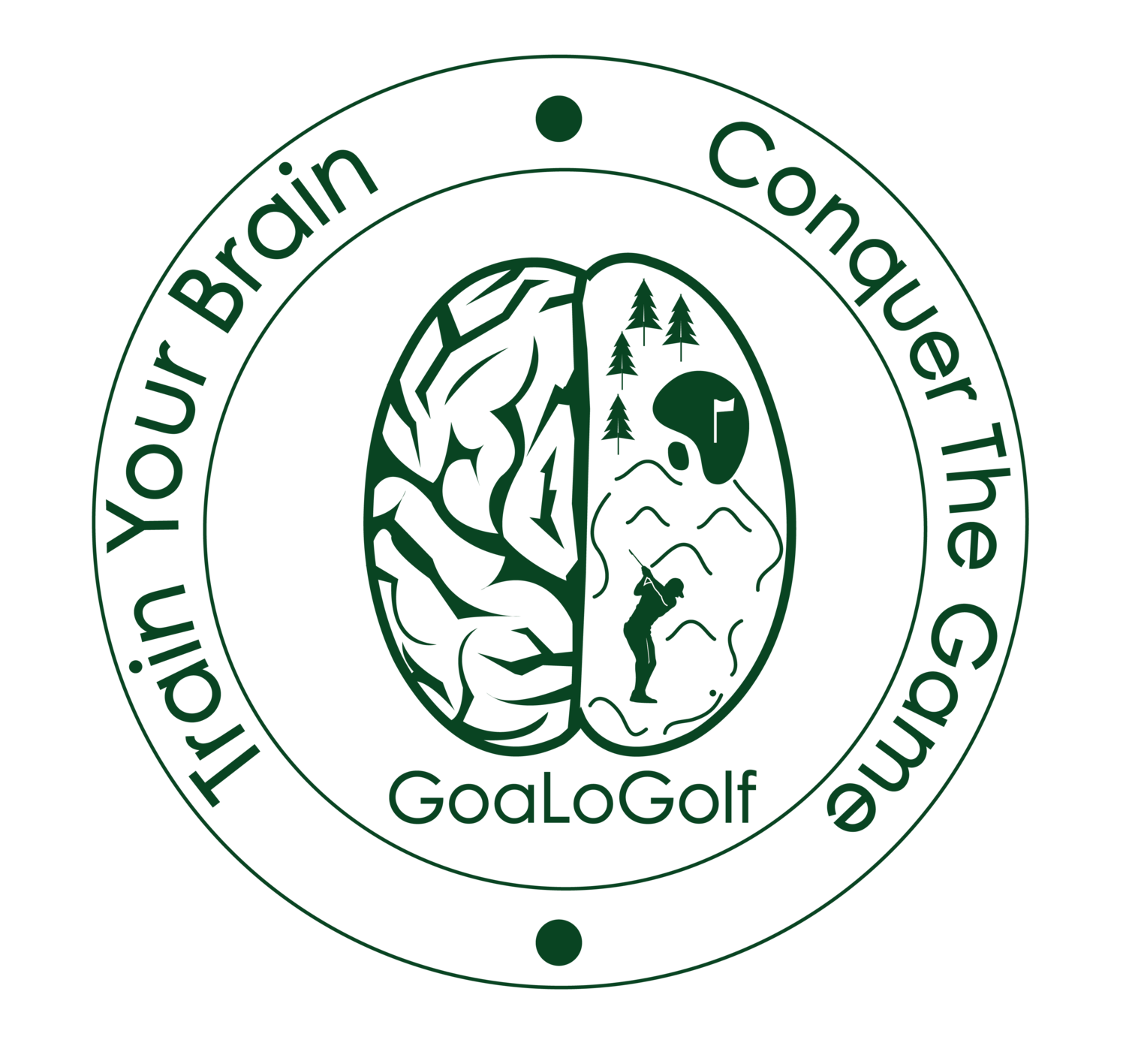MUSINGS FROM AN APPLIED NEUROSCIENTIST
The part of the brain responsible for error-correction - the cerebellum - is capable of being trained. The cerebellum is the brain’s supercomputer that makes the golf shot possible:
it requires a given target in working memory
takes sensory smart grid information
compares with the motor plan and
error-corrects the output stream from the motor cortex during the swing based on attempting to hit the desired target
Other sports train their cerebellums, e.g. basketball - Steph Curry’s difficult two-ball dribbling drills are a prime example of where destabilization work can trigger even greater abilities to manifest.
Preliminary data from my experiments with the Stanford Men’s Golf Team performing difficult yoga poses showed improved golf shot accuracy.
Destabilizing training aids force balance inputs to be respected during activity, including during the golf swing. The Bosu ball destabilizes you as you swing and encourages you to work your cerebellar balance circuits while executing wood shots in a smooth manner. The subconscious correction of motor movements is so vital to our everyday functioning in the real world. On the fly error-correction of the golf swing to bring about an acceptable outcome can be honed even if it cannot be consciously controlled.
FROM THE DOCTOR’S OFFICE
It is important in these types of destabilizing drills to really focus on reducing muscular effort to stay balanced using, instead, a keen awareness of weight transfer that allows your body to move fluidly while your center of mass stays stable through the movement.
Primary focus:
Focus on reducing muscular effort to stay balanced with attention on weight transfer that allows your body to move fluidly while your center of mass stays stable through the movement.
Peripheral awareness:
Keep your target/trajectory in peripheral awareness as your cerebellum will function to error-correct your movements to preserve trajectory and target line of the shot sub-consciously without deliberate effort.
Instructions:
To safely mount the Bosu platform (ball side down), one foot should step on the edge of the platform until it is stably tilted against the ground. You can then mount the platform, stepping onto the diametrically opposite side of where the lead foot was and then carefully adjust footing around the center of the ball.
Once you have centered your weight, you can start to perform maneuvers and exercises based on your comfort level with your balance ability.
Taking a golf stance on the platform, warm up, swinging your driver gently with a focus on takeaway mechanics based on your preferred swing and shot shape. Typically on the Bosu, you will have to alter your follow-through mechanics at the top of the through-swing as well as your stance (which is considerably more crouched) but the takeaway and swing to impact should remain mechanistically-intact compared to your normal driver swing.
Tee your ball as high as comfortably able, but the ball will still undoubtedly rest below the level of your feet.
Start to hit drivers at 70% of your maximum effort, striving to focus on precise mechanics and balance.
Continue for 15 minutes.
If you would like, you can use a metronome app to synchronize your swing temporally to your optimal tempo, as you have in prior drills.
Your goal, of course, is not aimed at maximizing distance but rather achieving your shot shape and trajectory down the target line of your choosing.
To dismount the ball platform, carefully allow it to tilt to one side, until the edge of the platform rests (tilted but stable) against the ground and step-off with the opposite foot (the one farther from the point of contact of the platform and ground). In this way, you will always be able to safely get off the platform. Do not jump off or attempt to step off before the platform rests against the ground.
We’ll come back to other error correction drills in the future - destabilization exercises can improve shot accuracy.
Advanced error correction drill - driver on a bosu ball





